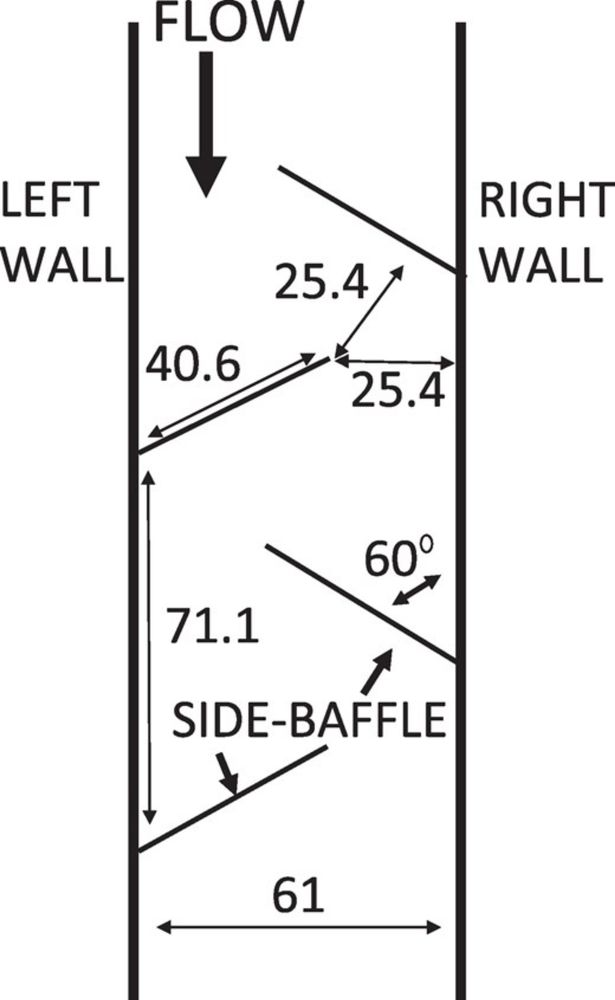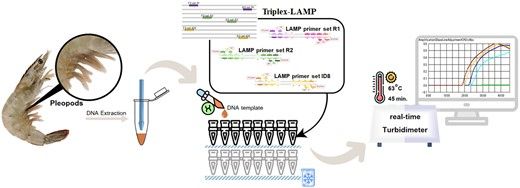American Fisheries Society
@amfisheriessoc.bsky.social
2.5K followers
970 following
280 posts
Founded 1870, AFS is the leading source of fisheries science and management information worldwide: https://fisheries.org/.
Posts
Media
Videos
Starter Packs
Reposted by American Fisheries Society
Reposted by American Fisheries Society
Reposted by American Fisheries Society



















